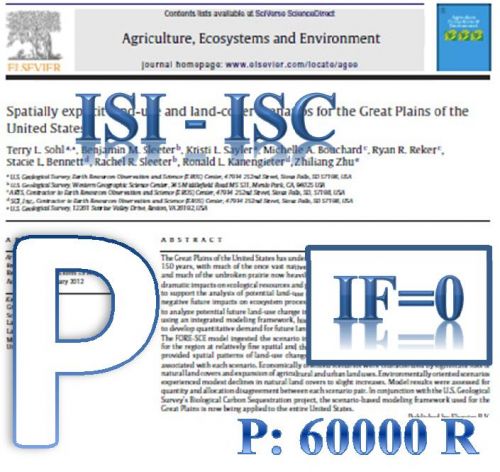A considerable attention to failure of pipelines should be paid to increase the uplift resistance of pipelines and it can be achieved by increasing the burial depth or utilizing soil improvement methods. The purpose of this study is to investigate the uplift resistance of buried pipelines in various conditions. In this regard, 17 small-scale laboratory tests were conducted to survey the roles of pipeline diameter, burial depth, geogrid length, and the number of geogrid layers, on the peak uplift resistance (PUR) in loose sand. Results of experimental tests clearly showed that burial depth and pipeline diameter affect the uplift resistance results directly and also revealed that the number of geogrid layers does not affect the PUR results, noticeably. However, when the residual PUR values are considered, the use of two geogrid layers instead of one geogrid layer for the same length is of advantage. On the other hand, ‘PLAXIS 3D TUNNEL’ and ‘ABAQUS’ programmes were used to analyse and verify 17 experimental results. As a result, average error values of 11.56 and 18.43 were obtained for ABAQUS and PLAXIS 3D TUNNEL programmes, respectively, which show that ABAQUS programme can simulate PUR results of pipeline with a higher degree of accuracy.
کلید واژگان :Pipeline; uplift resistance; geogrid; experimental test; numerical model
ارزش ریالی : 1200000 ریال
با پرداخت الکترونیک
جزئیات مقاله
- کد شناسه : 2153067977732735
- سال انتشار : 2018
- نوع مقاله : پذیرفته شده در مجلات Scopus ,ISI, با IF=0
- زبان : انگلیسی
- محل پذیرش : INTERNATIONAL JOURNAL OF GEOTECHNICAL ENGINEERING
- برگزار کنندگان :
- ISSN : 1938-6362
- تاریخ ثبت : 1397/04/13 09:19:37
- ثبت کننده : دانیال جاهد ارمغانی
- تعداد بازدید : 246
- تعداد فروش : 0
